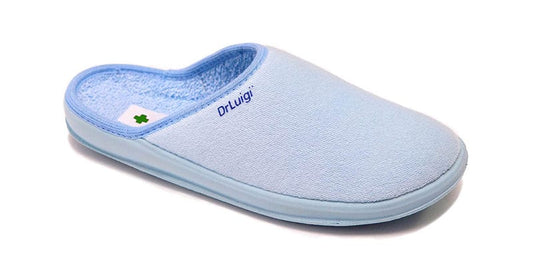Soccer players are great athletes who often have problems with their feet and feet-related issues. Biomechanical imbalances are found to be a major cause of many injuries after a thorough computerized gait study. Nail conditions, hammertoes, neuromas, hallux rigidus, plantar fasciitis, and Achilles tendinopathy are among the common issues.
Podiatrists can look at the biomechanics of their players and figure out what makes them more likely to get hurt. This can help them treat the underlying condition that causes repeated injuries or even prevent injuries by putting orthoses in their football boots. The football team's podiatrist sees all of the players regularly and offers a wide range of treatments, from simple things like trimming toenails to more complicated things like nail resections to treat ingrown toenails and cutting-edge treatments for certain foot and leg football injuries.
Footballers from all codes commonly suffer from ankle injuries, which they will often take to a podiatrist for treatment. The ankle joint is a powerful one by itself. In comparison to most moving components in the body, its strength and flexibility, as well as its ability to absorb considerable amounts of load bearing weight at a wide range of angles, are second to none.
The heightened intensity of modern football and the growing number of games per season have led to football players getting hurt more frequently and taking longer to recover. Injuries are more likely to occur during games and are 10 times more likely than they are during training.
The two muscles that go from the knee to the ankle and foot and wrap around the tibia, or lower leg, are typically the ones that are affected by lower leg discomfort. When a person walks or runs, they are utilized to elevate and lower the foot, which supports the arch and front section of the foot and lessens contact on the ground. Therefore foot issues are frequently linked to this pain. Lower leg discomfort is also linked to lower leg fractures brought on by strain and irritation of the lower leg nerves.

Though it's not always the case, the discomfort typically just affects one leg. It may manifest both while sleeping and working.
Finding the precise reason of this pain is the hardest challenge. Some of the causes include stress on the tissue, muscle irritability, tendonitis, or periostitis, an inflammation of the tendon. Active individuals of both sexes are more likely to experience esophageal pain than are those who engage in dancing or aerobics. Football players experience this as well.
The lower leg muscles absorb a force equivalent to two thirds of the body weight; hence it is thought that this syndrome is nearly unavoidable in athletes. It affects persons who run a lot. Poor training or running a marathon preparation—more specifically, the muscles' lack of readiness—is the primary cause of its occurrence.
Foot orthopedics is very important, especially if we are talking about top athletes such as the Croatian national football team, which is among the four best national teams in the world.
DrLuigi is proud of its football family and the successes of our Croatian football team!
Well done, Vatreni!





